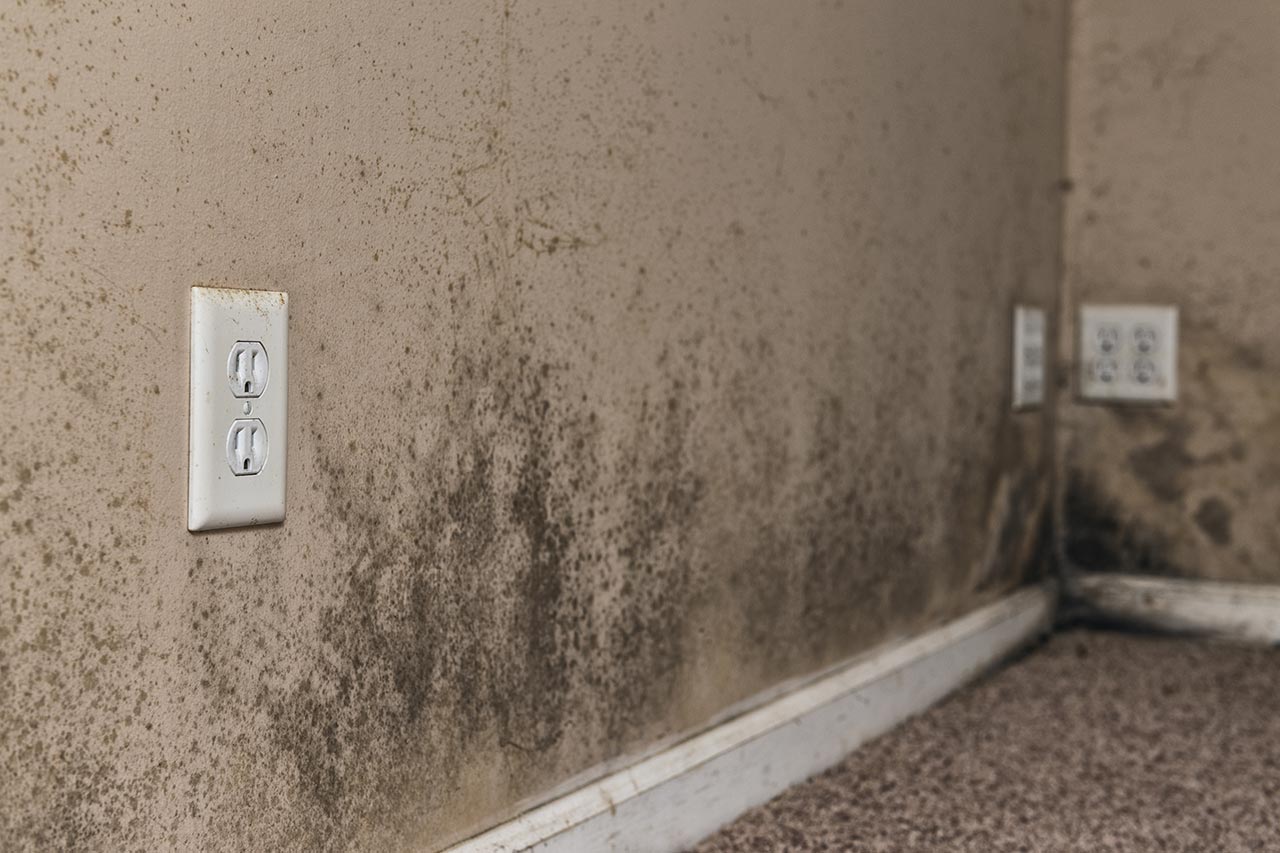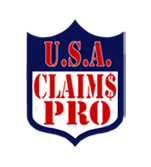
Mold Damage
Water intrusion of almost any source can lead to the growth of mold. Mold can grow unnoticed for months and is not only destructive to a building but can cause health complications to residents living in the building. It is important to come to an agreement with one’s insurance company regarding how to handle mold, but disagreements often arise as many solutions are often costly. For that reason, you’ll want to understand all the options at your disposal to make the best, most informed decision.
The insurance policy of a Florida homeowner typically covers mold that resulted from peril, such as mold because of a sudden leak in the plumbing or storms (which is quite common in Florida). However, many insurance companies have been reducing or removing the mold coverage they once offered regardless of the causes of the mold while other insurance companies provide mold or fungus coverage that is limited and requires you to pay more.
Mold contamination is a severe hazard. Not only can it cause immense property damage, but it can also lead to severe illness. Before excluding or reducing mold coverages, it was not uncommon to hear carrier representatives suggest using bleach as a solution. This is problematic because mold can often grow through walls. This solution is only viable if you are dealing with a relatively small area of mold in a contained location.
How do I know If I have mold damage?
If you detect a musty, moldy, or damp smell, it could be signs of mold. Additionally, mold will have some physiological effects as well. Runny nose, red and irritated eyes, and skin rashes that seem to subside when you leave home may mean you have a mold concern on your hands.
What should I do If I have or suspect I have mold?
Firstly, remove any items or furniture in the affected area and put them into storage to prevent cross-contamination. This will also help you separate which items you have that are contaminated from the items that are not contaminated. Of the contaminated items, you will better be able to determine which items are repairable.
You may want to consider getting an inspection done by a hygienist. A hygienist can also prepare an estimate for the repairs needed as well as determine which areas need to be torn out.
If you need to file a claim or go to an appraisal, you’ll want to have both the estimate and the physical damages estimate. You can also have the hygienist inspect the content and create a report on their findings. In most cases hard surfaces can be cleaned; however, fabrics and electronics should be replaced.
Consider also having the quality of the air tested after your claim is settled and the contractor has completed the repairs. Having an air quality test is significant if you want to sell your house.
If you live in Florida and need a quality claims adjuster to help you get the settlement you need to recover from mold damages call ClaimsPro USA today!
